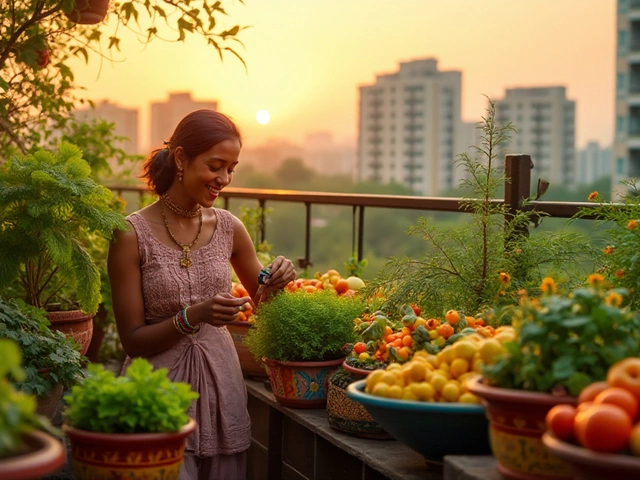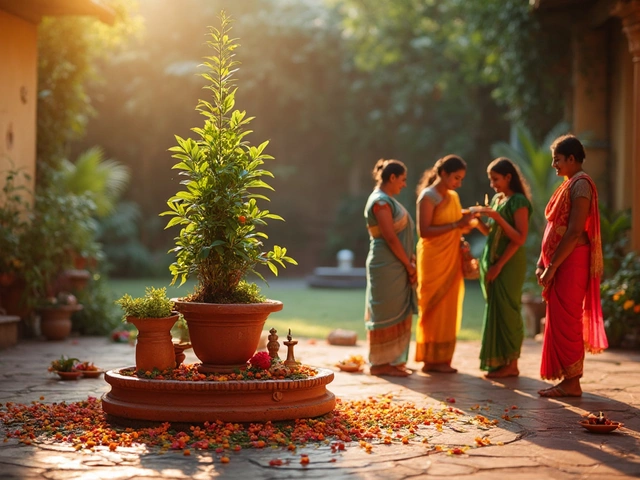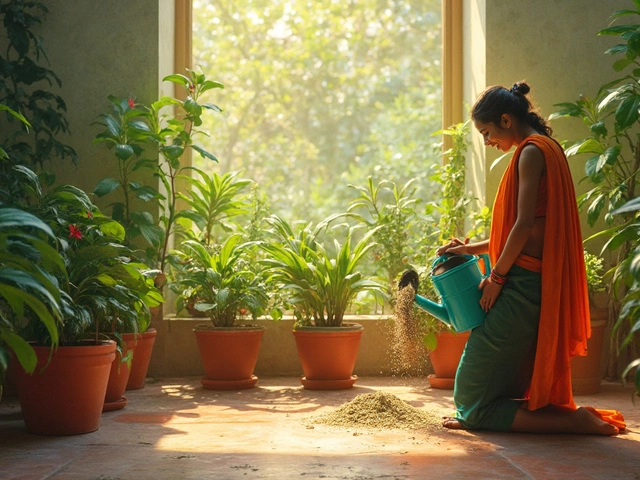Eco Friendly Garden: Practical Steps for a Greener Space
If you want a garden that looks good and helps the planet, you don’t need a big budget or fancy gadgets. Simple changes in how you water, feed the soil, and choose plants can cut waste and boost growth. Below are the most useful ideas you can start today, even if you live in a hot Indian city or a rainy village.
Water‑Smart Practices
Water is the biggest expense for most Indian gardens. The easiest way to save is to water early in the morning or late evening when evaporation is low. Use a bucket or a watering can instead of a hose for smaller beds – you control the amount and avoid runoff.
Drip irrigation is a game‑changer. Bury the drip lines about 5 cm deep, as explained in our guide “How Deep Should Drip Irrigation Lines Be Buried?”. The shallow depth protects the lines from damage while delivering water right to the root zone. If you’re on a tight budget, start with a few drip tapes in high‑need areas like vegetable patches.
Collect rainwater in barrels or large plastic tubs. A 200‑liter barrel can provide enough water for a small garden for weeks during the dry season. Remember to cover the barrel to keep mosquitoes out.
Soil Health and Composting
Healthy soil means plants need less water and fertilizer. Add organic matter such as kitchen waste, leaf litter, or cow dung to improve texture. Our post “How to Loosen Heavy Garden Soil” shows easy additives like sand and compost that lighten compacted earth.
Start a compost bin in a corner of the yard. Separate greens (vegetable scraps, coffee grounds) from browns (dry leaves, paper). Turn the pile every two weeks to speed up decomposition. Within a few months you’ll have nutrient‑rich compost that replaces chemical fertilizers.
If you have a balcony, try a vertical garden using recycled bottles. The article “How to Maximize a Small Balcony” gives layout ideas that work well with herbs and leafy greens, saving floor space and keeping soil moist longer.
Choosing Native and Low‑Input Plants
Native plants are already adapted to local weather, pests, and soil. They need less water and fewer chemicals. Look for species like neem, bougainvillea, and marigold, which also attract beneficial insects.
Companion planting, also called sister plants, can reduce pest problems without chemicals. Pair tomatoes with basil or cucumbers with dill to improve flavor and deter bugs. Our guide “Sister Plants” explains the best combos for Indian gardens.
Eco‑Friendly Yard Ideas
Replace a patch of lawn with a meadow of native grasses and wildflowers. This area needs minimal mowing, stores water, and supports pollinators. The post “Eco‑Friendly Yard Ideas” lists easy native grass options for different Indian zones.
Use mulch made from straw, coconut coir, or shredded newspaper to keep soil temperature steady and suppress weeds. Mulch also reduces the need for frequent watering.
Featured Articles to Read Next
- Sustainable Gardening: Tips to Make Your Garden Eco‑Friendly and Self‑Sufficient
- Eco‑Friendly Yard Ideas: Sustainable Tips for a Greener Outdoor Space
- Alternative Pest Control: Natural Solutions for Safe Gardening
- How Deep Should Drip Irrigation Lines Be Buried? Guide for Optimal Water Delivery
- How to Loosen Heavy Garden Soil: Simple Additives for Better Texture
Start with one or two of these steps and watch your garden become healthier, cheaper to run, and kinder to the environment. Small habits add up – the greener your garden, the better it feels to sit outside and enjoy the results.
Eco Friendly Garden: How to Start One Step-by-Step
Curious about starting an eco friendly garden but not sure where to begin? This article breaks down the basics and shows you how to set things up the green way, even if you have zero experience. You’ll learn which materials matter, what plants actually help the planet, and how even small changes make a big dent in your carbon footprint. Get tips for healthy soil and low-impact watering. Whether you’re dealing with a backyard or a balcony, you’ll find hands-on solutions that really work.
About
Sustainable Gardening
Latest Posts


Sacred Plant in India: Why Tulsi Rules Flower Gardens
By Alden Thorne Jun 22, 2025

Top Indian Seasonal Plants to Brighten Your Home
By Alden Thorne Dec 25, 2024

Unlocking the 5 5 5 Rule in Rice Cultivation
By Alden Thorne Feb 22, 2025

